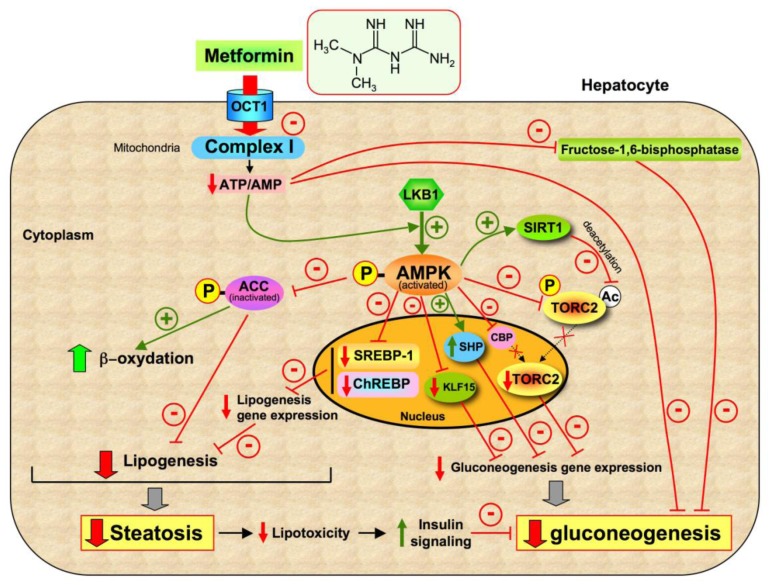Figure 2. Potential molecular mechanisms of metformin action on hepatic gluconeogenesis.
After hepatic uptake through OCT1, the mitochondria is the primary target of metformin which exerts specific and AMPK-independent inhibition of respiratory-chain complex 1. The resultant mild decrease in energy status leads to acute and transient inhibition of energy-consuming gluconeogenic pathway. In addition, through AMPK-dependent and -independent regulatory points, metformin can lead to the inhibition of glucose production by disrupting gluconeogenesis gene expression. In parallel, the LKB1-dependent activation of AMPK triggered by ATP depletion could reduce hepatic lipogenesis and exert an indirect effect on hepatic insulin sensitivity to control hepatic glucose output.

